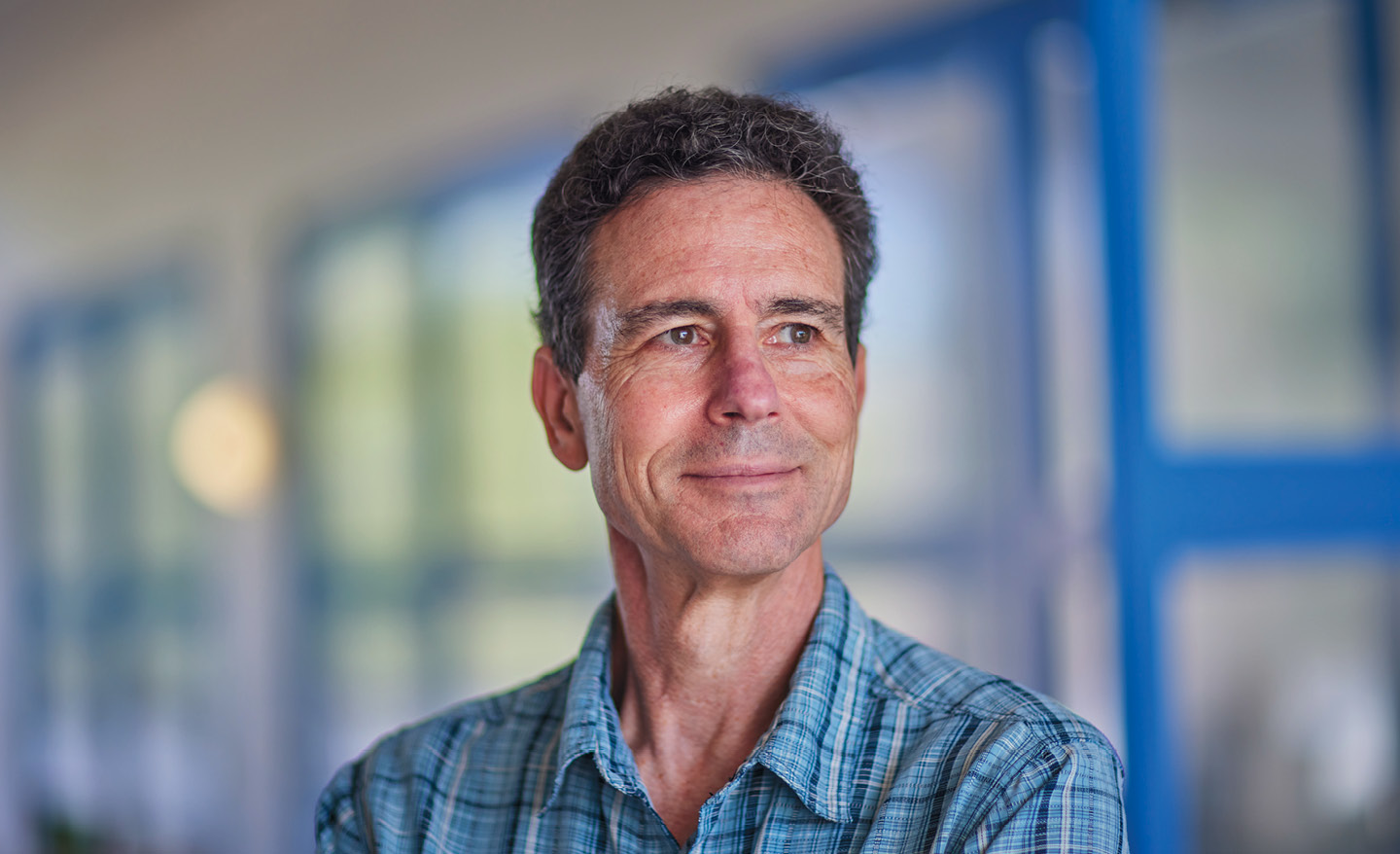What Haunts Our Young People
Professor Jefferson A. Singer explains why today’s college students need—and deserve—more support than ever before
After six years as Dean of the College and a year of sabbatical, I returned to teaching this fall at Connecticut College. Over winter holiday gatherings, I received the well-intended question, “What’s it like teaching again?” My answer was always, “I’ve really enjoyed it.” In fact, my first-year students are unusually grateful. It’s not uncommon to hear at the end of classes, “Thank you, professor.” This might be due to them spending the two previous years learning under remote and/or masked conditions.
But there is something else I have never seen in of 35 years in academia—a hint of fear in their eyes, a kind of nervousness that never leaves. I am fairly certain it is not fear of me—at this point I’m kind of a grandfatherly figure. It seems to be a fear of the world and to some extent a fear of each other. When I enter the room at the start of class, the students are assembled in silence, their heads inclined toward their phones. No banter, no laughing, no sharing of last night’s events.
It is not hard to understand what haunts our young people. More than one million people have died from the COVID-19 pandemic. Born in the aftermath of 9/11, these students grew up with the United States engaged in simultaneous wars in Iraq and Afghanistan. In the decade of my childhood/adolescence (1966-1975), there were 12 mass shootings; in their coming-of-age decade (2011-2020), there were 160. Globally, climate change and deforestation have driven a 68% decline in the population size of animal species between 1970 and 2016. On Jan. 6, 2021, a mob stormed the Capitol, attacked police officers and threatened to hang the vice president. This summer, the Supreme Court put into jeopardy a woman’s right to choose, a right their mothers had for nearly 50 years. And their still developing brains must process all of these painful challenges through the internet’s reverberating echo chamber.
The question is not really what these students fear but how to help them make it through each day. Nearly 75% of college students suffer from moderate to severe psychological stress. Matt Richtel of The New York Times has dubbed the overloaded suffering of our children and adolescents “the inner pandemic.” And yet, my students came to class, did the readings, wrote thoughtful final papers, made remarkable short videos and gave eloquent presentations. They are persevering, but it is not easy.
What might help them? Aside from ensuring they have access to counseling and campus support, we need to make slowing down a priority in their lives. Our U.S. poet laureate, Ada Limón, has a podcast, “The Slowdown,” that recommends gaining back some reflective time in our lives. I purposely started each class with a short musical piece they selected. We went for a hike in our Arboretum. We did a yoga class. We learned about mindfulness and stepping back from emotions that spin out of control.
In the final class, I gave each student a blank composition book to build on the personal journals I had asked them to keep. As we passed around the books, we listened to the Bob Dylan song, “Forever Young.” Its last verse before the final chorus is, “But whatever road you choose/ I’m right behind you, win or lose.”
So, this is what I saw from being back in the classroom again: Our young people need our caring attention more than ever. We need to be their allies in slowing the brutal machinery of a culture that often seems out of control. Balance and well-being are no longer luxuries but necessities in the world we have created for them.
This piece was originally published as an op-ed in the Hartford Courant.
